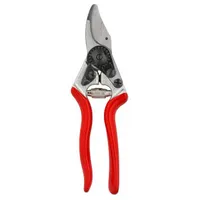Don't let summer heat kill your roses — here's how to save them
Keep your roses blooming all summer with these 7 tips
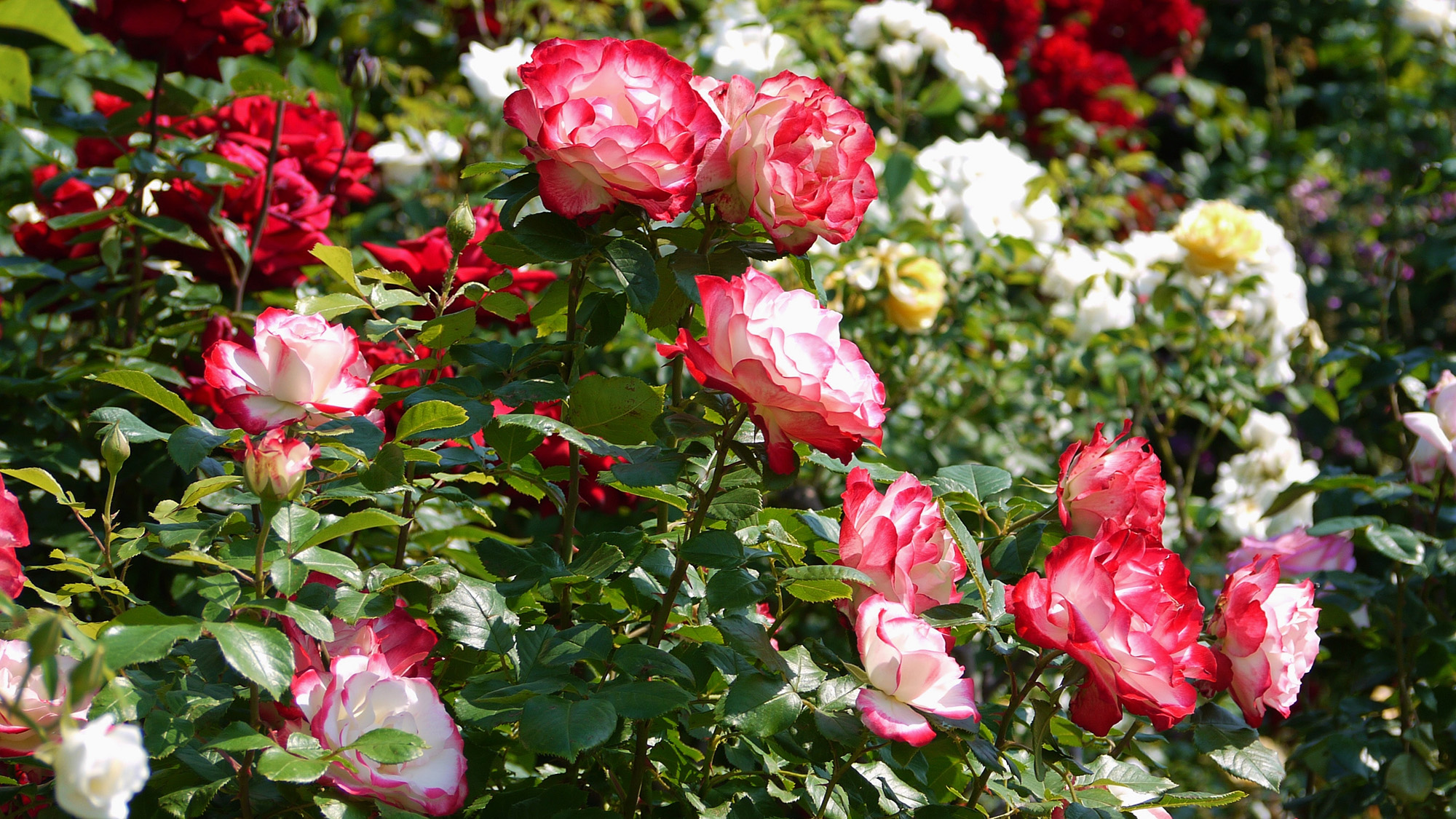
Summer heat puts serious stress on your roses, and many gardeners make the mistake of thinking these hardy plants can handle neglect during the hottest months. While roses are relatively tough, summer is actually when they need the most attention to stay healthy and continue blooming.
The combination of high temperatures, intense sun, and irregular watering creates perfect conditions for pest infestations and diseases that can damage your plants for months to come.
Fortunately, roses are remarkably resilient and respond fast to proper care, meaning the attention you give them during summer's challenging conditions will reward you with better blooms. Here's what your roses need right now.
1. Deadhead spent flowers
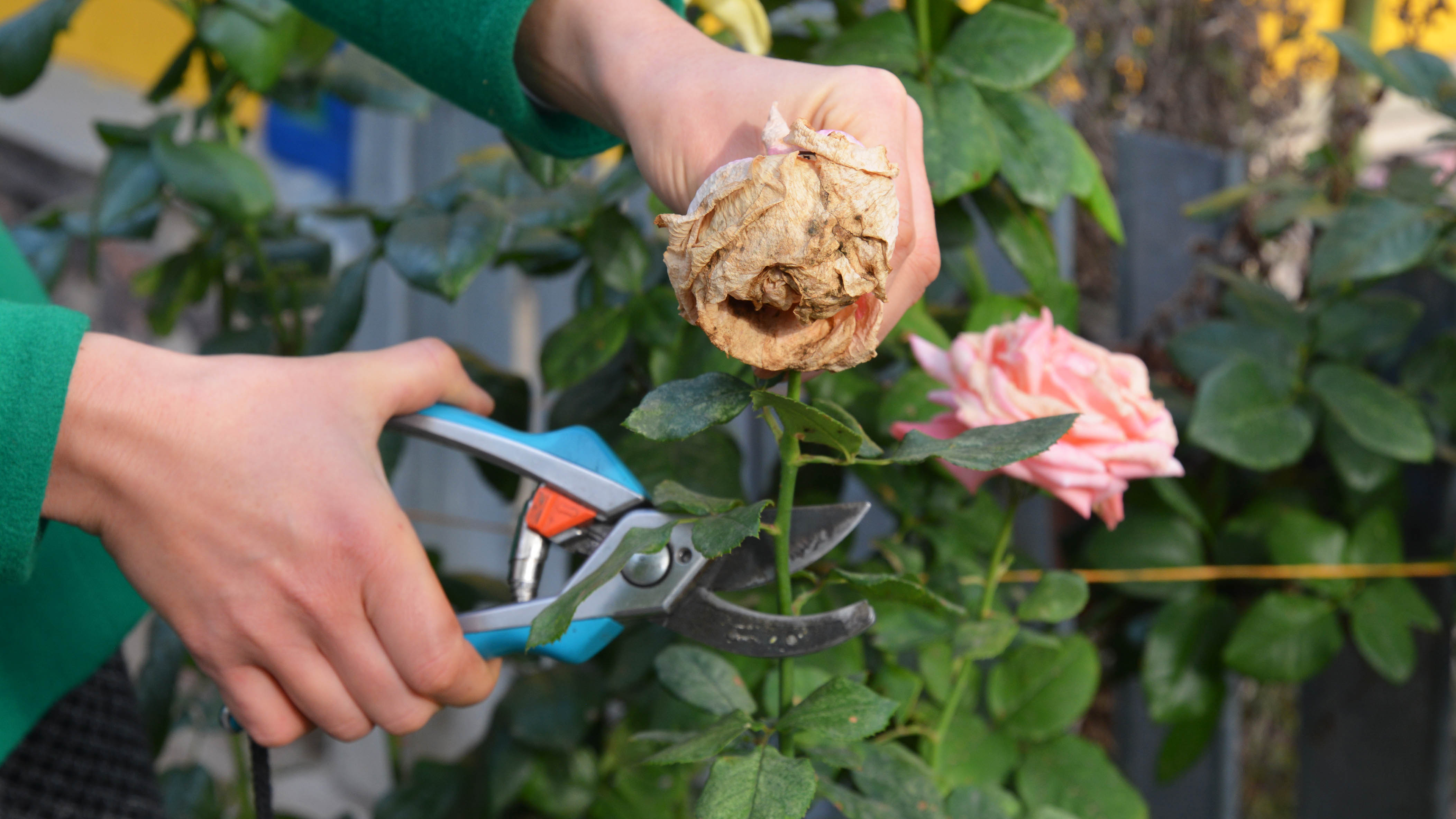
Cut off dead flowers just above the first set of leaves that has five parts (instead of three), using clean, sharp garden scissors or pruners. This stops the plant from making seeds and makes it focus on growing new flowers instead.
Removing dead flowers regularly can make your roses bloom for several extra weeks and keeps them looking neat all summer. If you have roses that bloom more than once per season, you need to keep removing dead flowers to get those extra rounds of blooms.
This Felco bypass pruner is perfect for medium-sized hands and comes with a comfortable ergonomic handle. It has a sturdy design, yet is lightweight and gives a consistent performance. What's more, this pruner is given a 5-star rating in our round up of the best pruning shears.
2. Feed roses after each flush of blooms
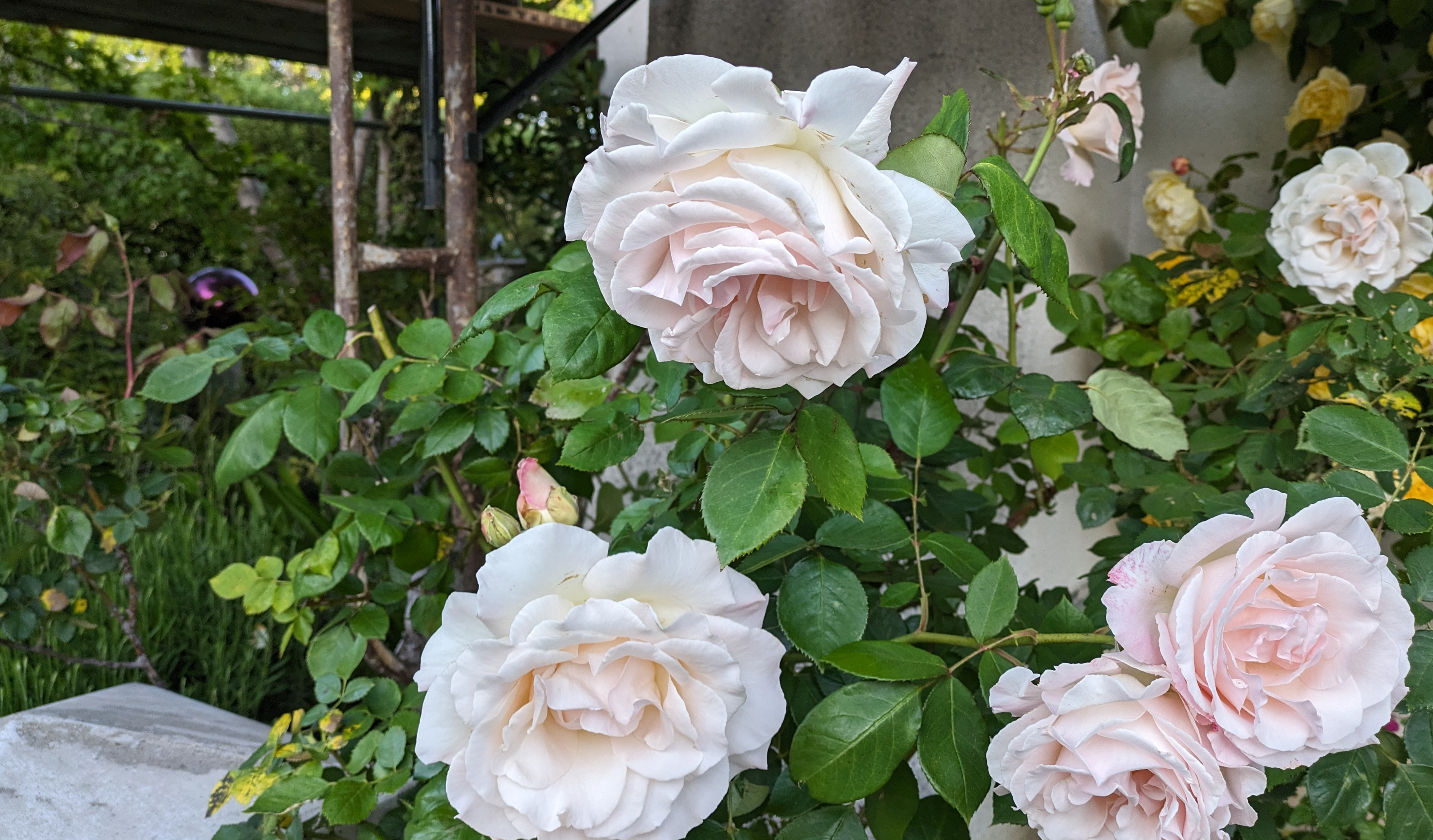
Apply a balanced rose fertilizer or high-potassium feed after the first major bloom period to fuel the next round of flowers. Summer feeding is crucial because roses are actively growing and blooming, depleting soil nutrients faster than during other seasons.
Choose fertilizers specifically formulated for roses, or use a general-purpose fertilizer with equal amounts of nitrogen, phosphorus, and potassium. Apply fertilizer to moist soil and water thoroughly afterward to help nutrients reach the root zone.
3. Water deeply and consistently
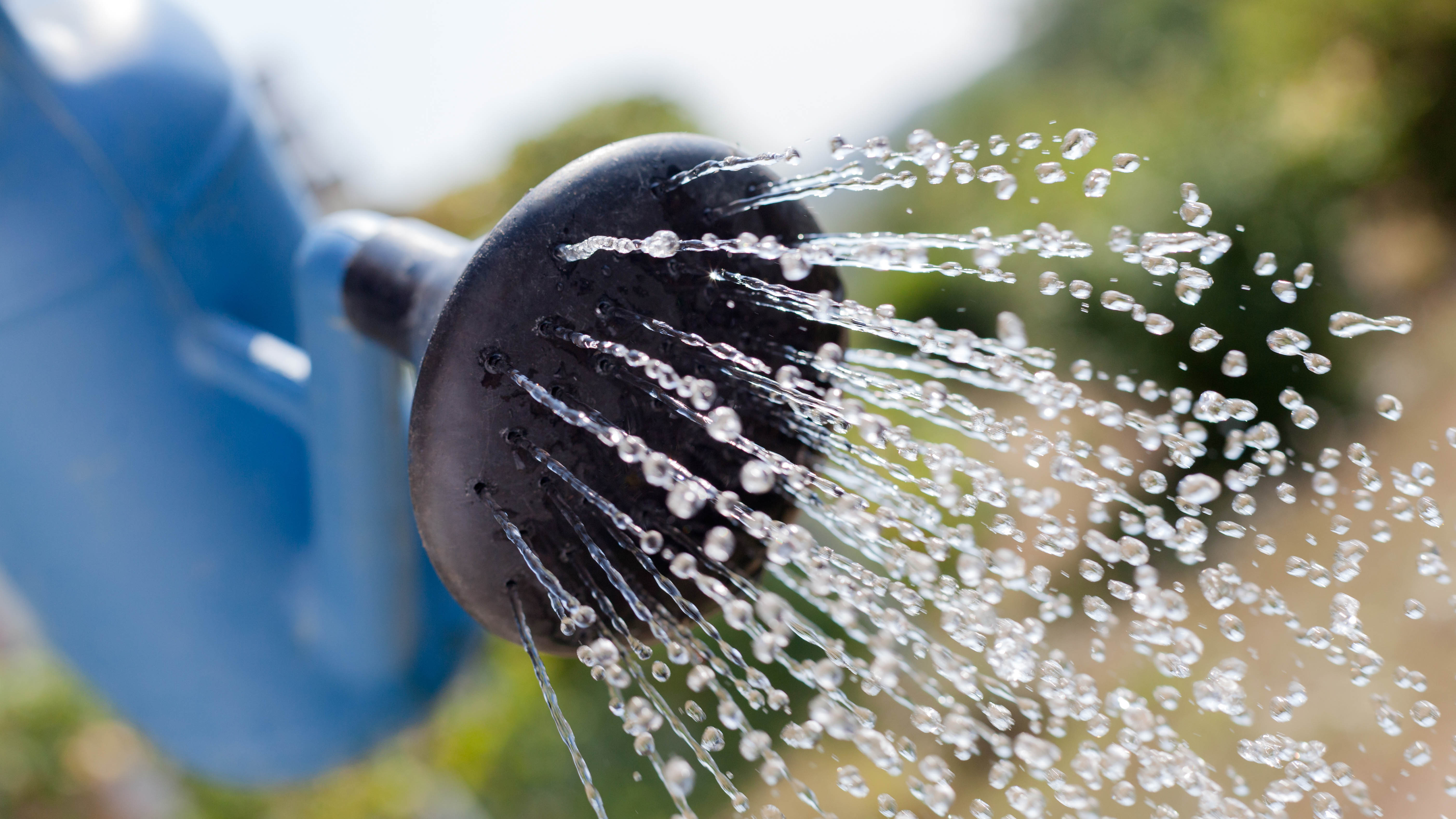
Provide your roses with deep, thorough watering once or twice per week rather than frequent shallow watering. Deep watering encourages roots to grow down into cooler soil layers, making plants more drought-resistant and stable.
Apply water directly to the soil around the base of the plant using a soaker hose or watering can, avoiding wetting the foliage, which can promote fungal diseases. Roses typically need about 1-2 inches of water per week during their growing season.
4. Monitor for pests and diseases
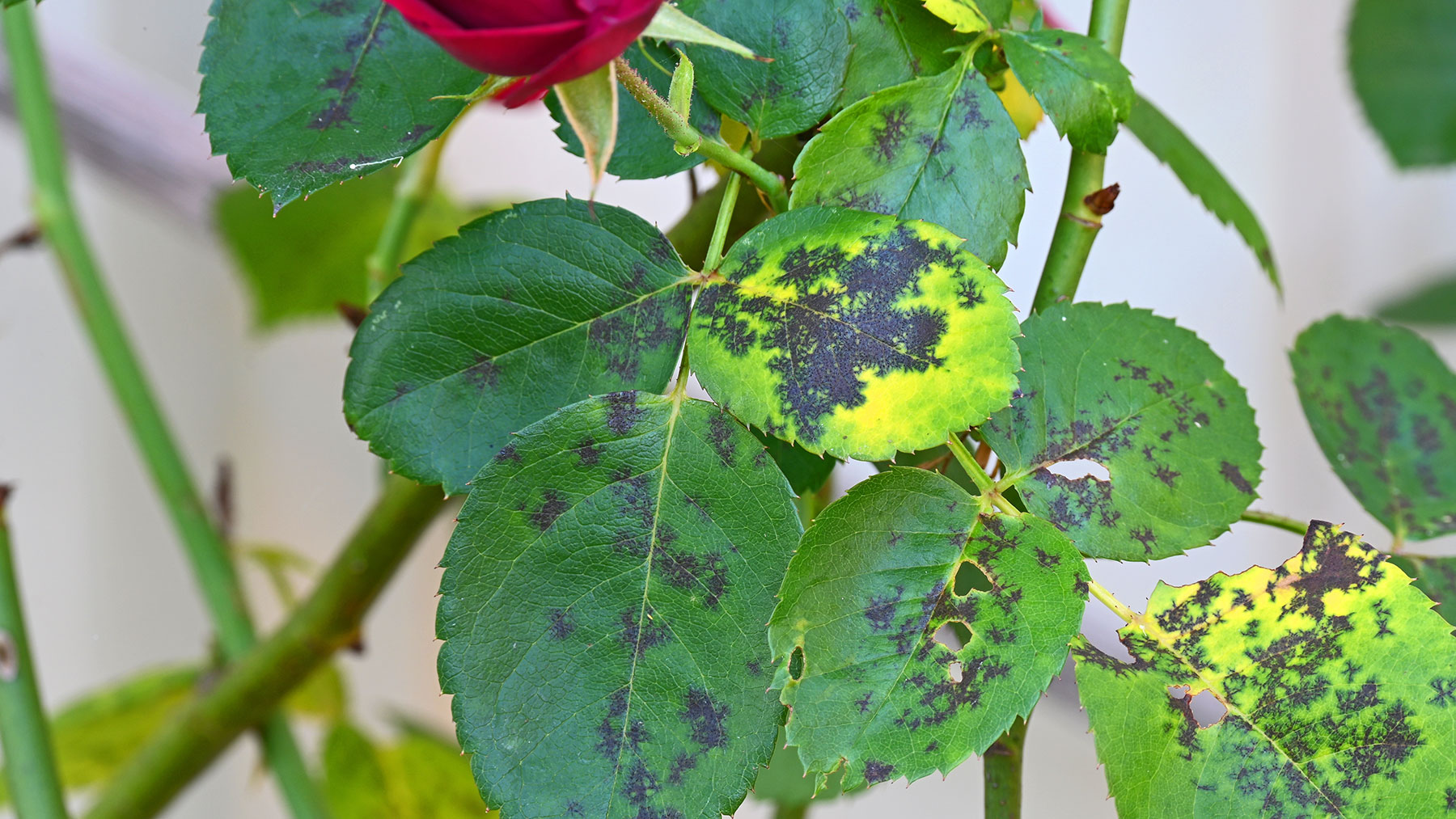
Check your roses weekly for common summer problems including aphids, spider mites and black spot.
Look for early warning signs such as distorted new growth, yellowing leaves with black spots, white powdery coating on leaves, or fine webbing on foliage.
Early intervention is key to preventing minor issues from becoming major infestations. Remove affected leaves immediately and dispose of them in the trash rather than compost.
5. Prune lightly for shape and health
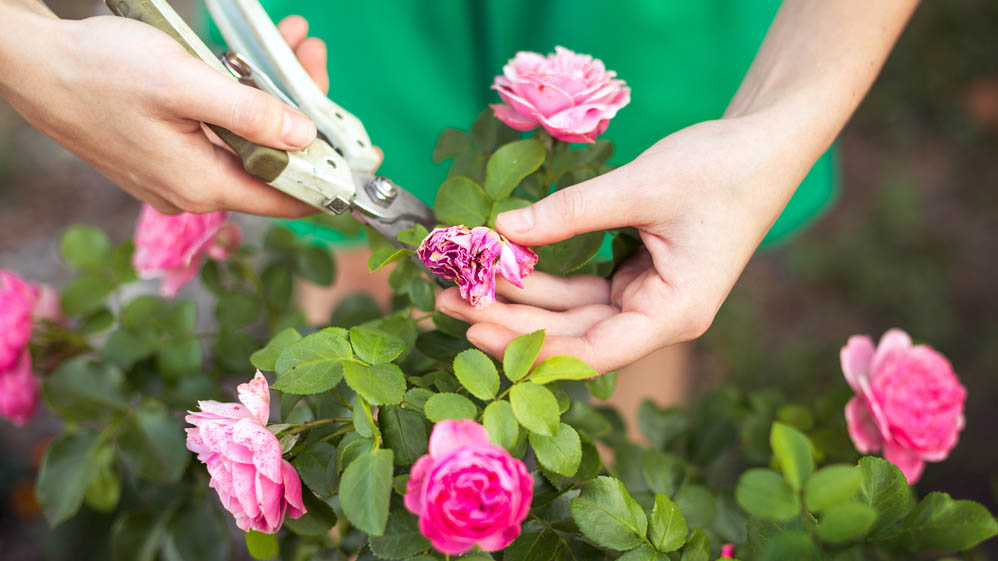
Use clean, sharp pruning shears to remove crossing, damaged, or weak stems that crowd the center of the plant. Light summer pruning improves air circulation, which helps prevent fungal diseases and allows better penetration of treatments when needed.
Remove any growth that's obviously dead, diseased, or damaged, cutting back to healthy tissue. You can also trim back long, straggly canes to encourage bushier growth and more flowers.
6. Apply or refresh mulch around plants
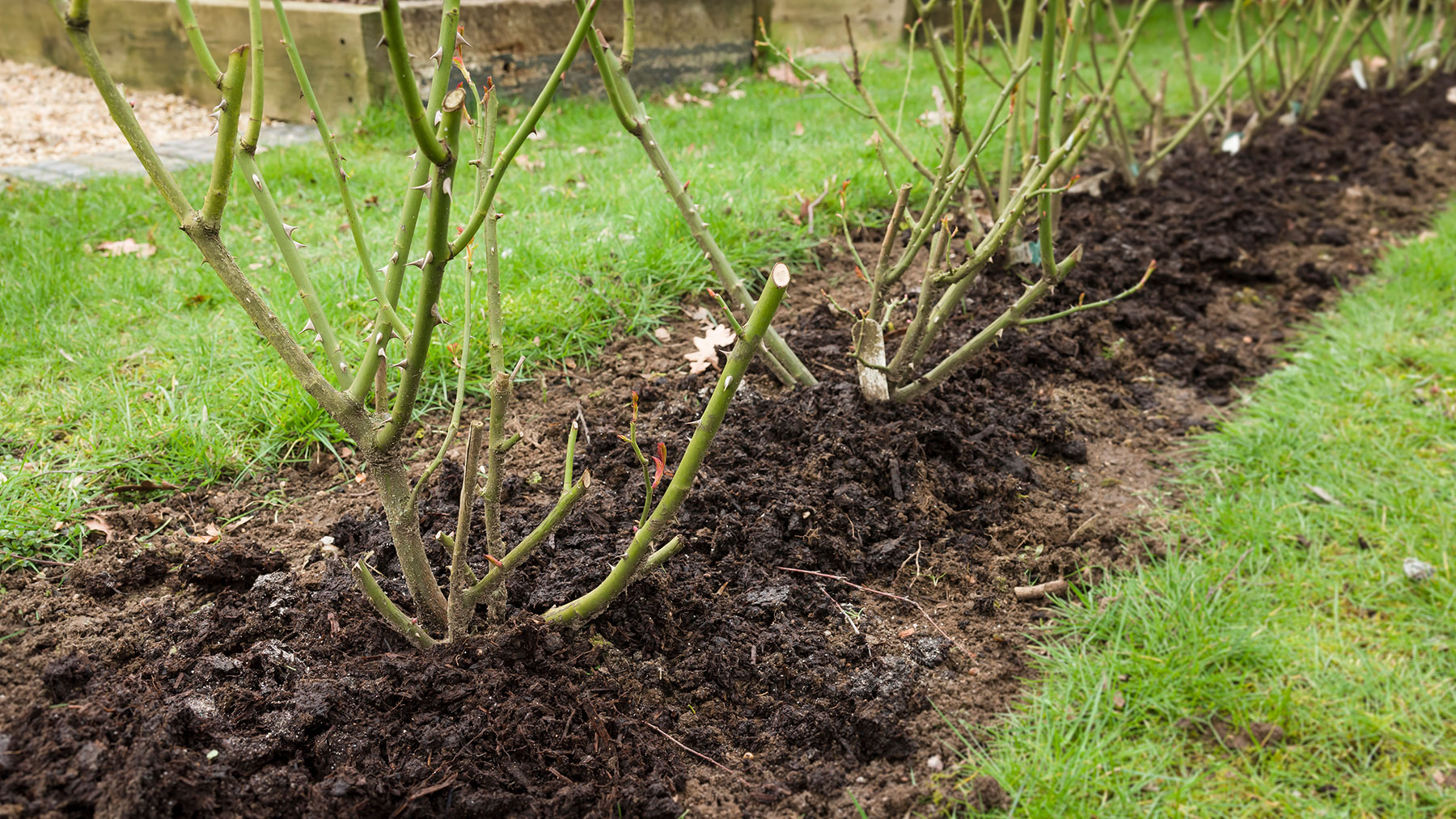
Maintain a 2-3 inch layer of organic mulch around your roses, extending from the base of the plant to the drip line. Good mulch options include shredded bark, compost, well-rotted manure, or grass clippings that haven't been treated with herbicides.
Mulch conserves soil moisture, moderates soil temperature, suppresses weeds, and gradually improves soil structure as it decomposes. Keep mulch a few inches away from the base of the plant to prevent pest harboring and allow air circulation.
7. Provide extra care during a heatwave
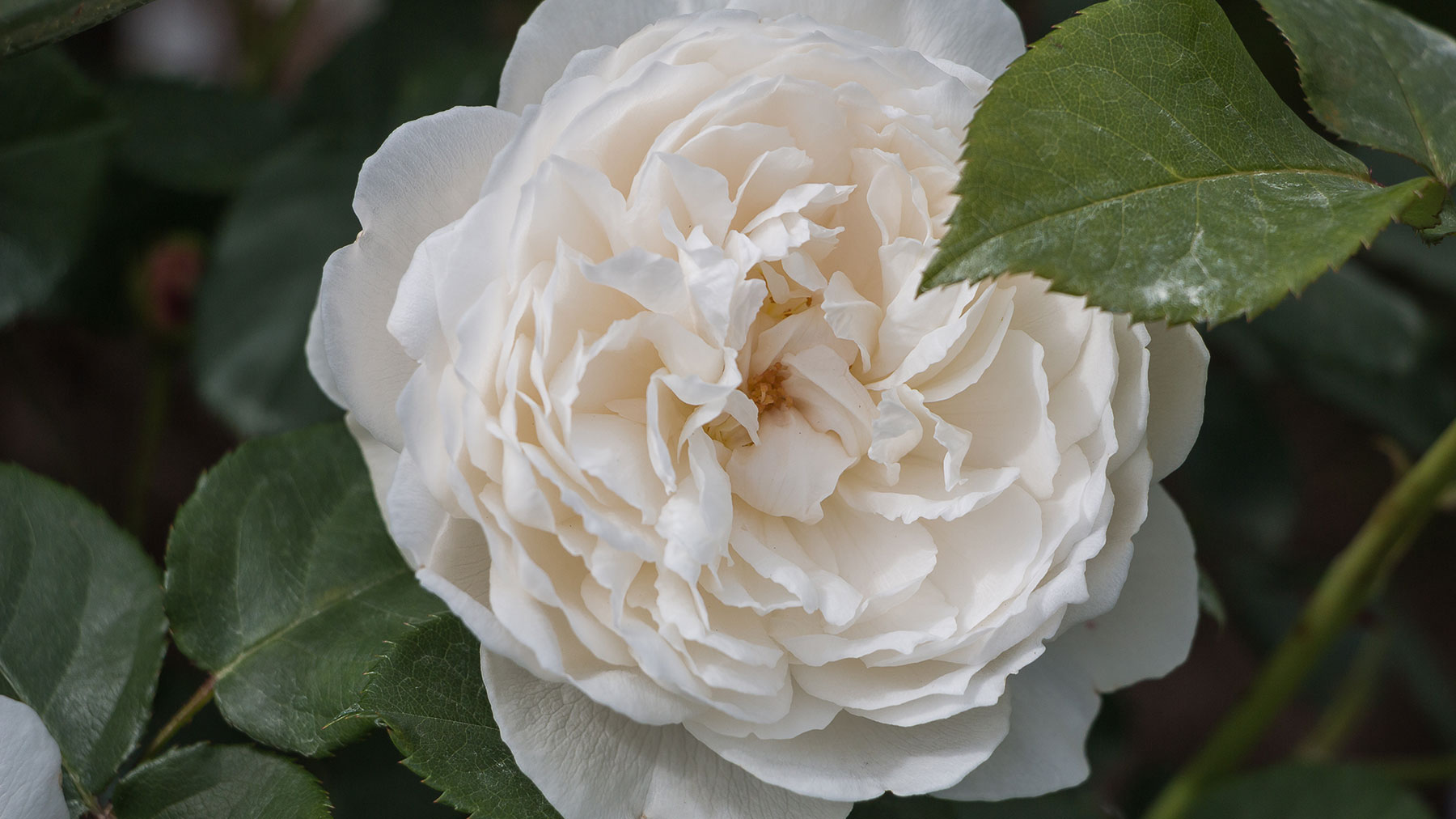
During extreme heat, roses may need additional protection and care beyond normal summer routines. Consider providing temporary shade during the hottest part of the day using shade cloth or strategic placement of potted plants.
Increase watering frequency but maintain deep application methods, and avoid fertilizing during heat stress periods. And watch for signs of heat stress, such as wilting despite adequate moisture, leaf scorch, or bud drop.
Now you've learned how to keep your roses healthy during extreme heat, why not take a look at our other useful guides?
Don't miss how to protect your plants during a watering ban and you can save heat-damaged plants with coconut sugar — here's how.
And check out 7 simple tips to mosquito-proof yourself while you're tending to your plants this summer.
More from Tom's Guide
- 7 essential home checks to do before every vacation
- Why you should sprinkle coffee grounds outside your front door
- If your gas stove won't light it's probably one of these 5 issues
Get instant access to breaking news, the hottest reviews, great deals and helpful tips.

Kaycee is Tom's Guide's How-To Editor, known for tutorials that skip the fluff and get straight to what works. She writes across AI, homes, phones, and everything in between — because life doesn't stick to categories and neither should good advice. With years of experience in tech and content creation, she's built her reputation on turning complicated subjects into straightforward solutions. Kaycee is also an award-winning poet and co-editor at Fox and Star Books. Her debut collection is published by Bloodaxe, with a second book in the works.
You must confirm your public display name before commenting
Please logout and then login again, you will then be prompted to enter your display name.
